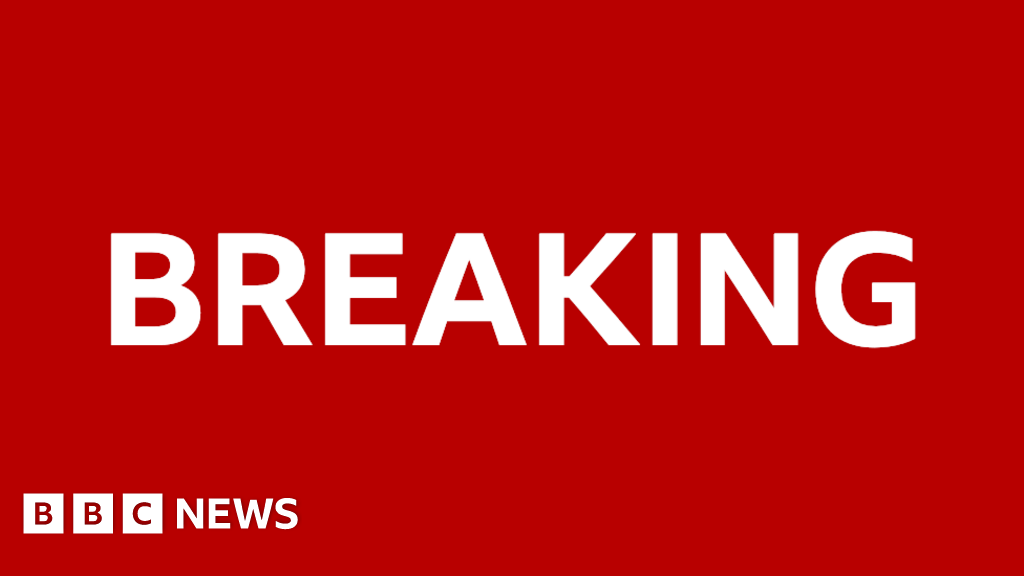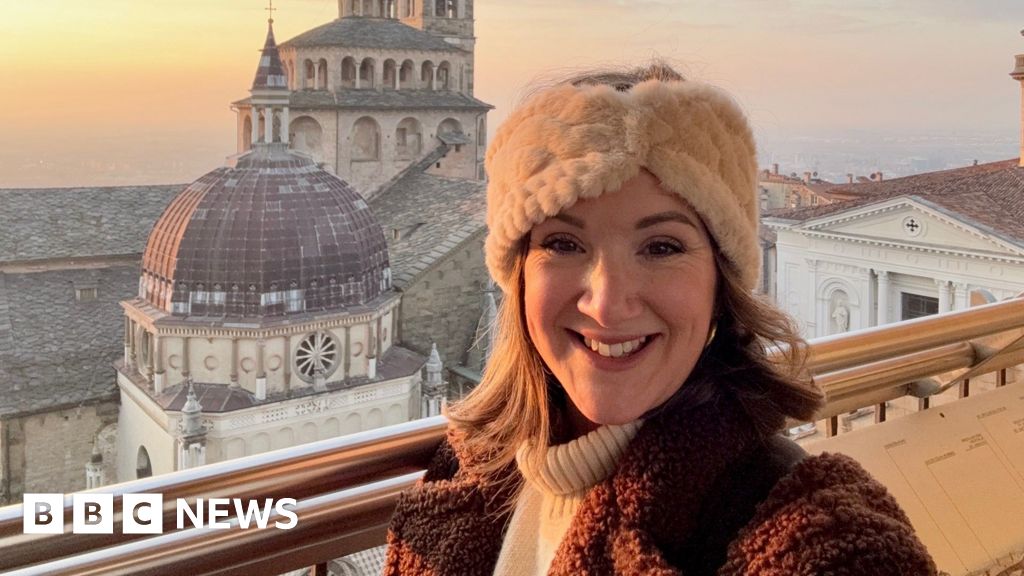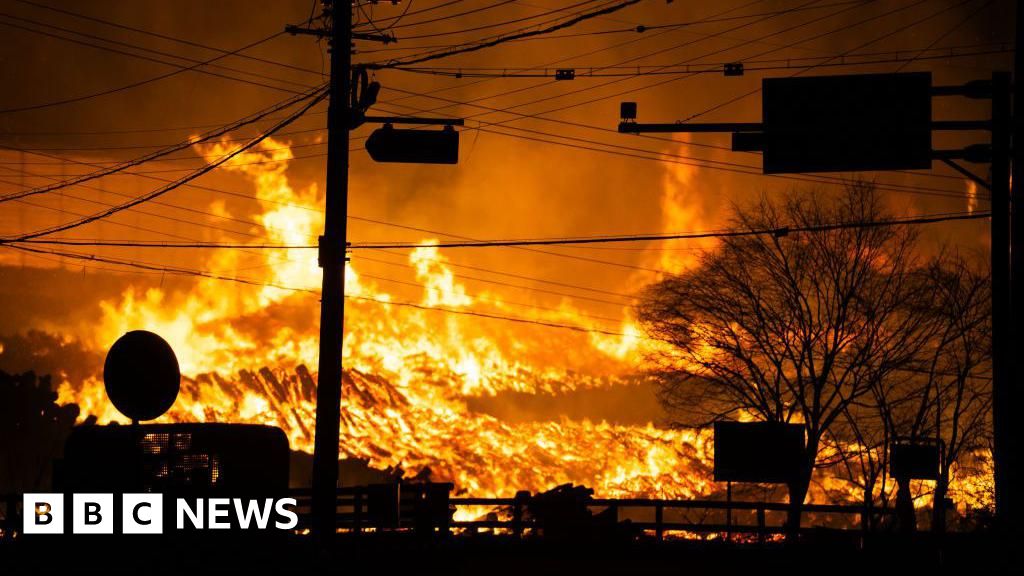The Israeli army has described its killing of 15 emergency workers in Gaza and burying them and their vehicles as a “professional error”.
The bodies of 14 humanitarian workers were found in a mass grave along with their crushed vehicles a week after coming under Israeli fire in late March. One body had been found a few days before.
The army said it had “shrouded” the bodies with cloth and sand to protect them until humanitarian organisations could retrieve them.
Israel had blocked access to the site for days, later insisting it was not an attempt to cover up the attack.
Here’s what to know about the attack, Israel’s claims and how the investigation stacks up against other evidence:
What happened to the emergency workers and vehicles in Gaza?
- March 23: About 4am (01:00 GMT), a Palestine Red Crescent Society (PRCS) ambulance was dispatched to join an earlier one helping people injured in an Israeli air strike in Rafah’s al-Hashaashin area.
- Contact was lost with it, and the first ambulance went back out to find it about 5am. The paramedics radioed back that they could see casualties on the ground on the way to Tal as-Sultan, another area in southern Gaza.
- Two more ambulances were dispatched along with a firetruck and other emergency vehicles. They came under Israeli gunfire for more than five minutes. Minutes later, soldiers also fired at a United Nations car that stopped at the scene. The PRCS lost contact with its team.
- March 24: The Israeli military blocked access to the site of the attacks.
- March 27-28: United Nations and Palestinian officials gain limited access to the area, recovering the vehicles and bodies of a Gaza Civil Defence member.
- March 30: The bodies of five Civil Defence responders, a UN employee and eight PRCS workers are found in a shallow grave. A ninth PRCS worker, Assaad al-Nassasra, is being held by Israel, PRCS confirmed later. In total, Israel killed 15 emergency workers in the attack.
What did video evidence show?
A video found on the phone of slain paramedic Rifaat Radwan shows the team’s final moments.
The video, filmed from inside one of the last two ambulances to head out, shows a firetruck and ambulances driving ahead through the night.
All vehicles were clearly identified with emergency lights flashing.
The vehicles stopped when they see an ambulance and bodies by the roadside, and first responders in reflective uniforms exit the vehicles. Moments later, intense gunfire erupts.
As the gunfire continues, Radwan can be heard asking his mother for forgiveness and reciting the Islamic declaration of faith, the Shahada, before he dies.
What did the Israeli investigation say?
After a review, the Israeli military described the killings as “professional failures” and a “misunderstanding”. Nobody has been charged.
It dismissed a deputy commander for “providing an incomplete report” and reprimanded a commanding officer.
Major General Yoav Har-Even, who conducted the review, said two responders were killed in an initial incident, 12 people were killed in a second shooting and another person was killed in a third incident.
“The fire in the first two incidents resulted from an operational misunderstanding by the troops, who believed they faced a tangible threat from enemy forces. The third incident involved a breach of orders during a combat setting,” the military statement said.
Troops bulldozed over the bodies and their mangled vehicles, but the investigation said that was not an attempt to conceal the attack.
The Military Advocate General’s Corps, meant to be an independent body under Israel’s attorney general and Supreme Court, can now decide whether to file civil charges.
How did Israel explain shooting the ambulances?
The investigative report said soldiers did not recognise the ambulances due to “poor night visibility” and because flashing lights are less visible on night-vision drones and goggles.
It also blamed the now-dismissed deputy commander, saying he mistakenly thought the ambulance was being used by Hamas and opened fire first.
Israel has tried to justify previous attacks on protected entities by saying Hamas hides among civilians and uses ambulances to carry out operations.
Har-Even told reporters that one of the humanitarian workers at the scene was questioned over suspected Hamas links. The man, Munther Abed, was released the next day.
Before the video of the attack was found, Israel’s military had said the ambulances had been “advancing suspiciously” towards its soldiers “without headlights or emergency signals”.
 Palestinians mourn the slain medics at Nasser Hospital in Khan Younis [File: Hatem Khaled/Reuters]
Palestinians mourn the slain medics at Nasser Hospital in Khan Younis [File: Hatem Khaled/Reuters]How did Israel explain shooting uniformed medics?
The first responders were “in their uniforms, still wearing gloves” when they were killed, said Jonathan Whittall, the head of the UN Office for the Coordination of Humanitarian Affairs (OCHA) in the Palestinian territory.
Gaza Civil Defence spokesperson Mahmoud Bassal said several team members were found with their hands and feet bound and bullet wounds to the head and torso, indicating they were executed at close range after being identified as humanitarian workers.
Without offering proof, the Israeli investigative report said six of those killed were “Hamas members” although no Palestinian fighters were reported found in the mass grave.
Har-Even told reporters that no paramedic was armed and no weapons were found in any vehicle.
An Israeli military official said the bodies had been covered “in sand and cloth” to preserve them until their retrieval could be coordinated with international organisations.
The army also said it has found “no evidence to support claims of execution” and “such claims are blood libels and false accusations against [Israeli] soldiers”.
How thoroughly does Israel investigate itself?
Human rights groups and international legal experts said Israel’s self-reviews often lack independence and transparency.
Israel said it reviews its military’s conduct through internal probes led by its military advocate general, who decides whether to pursue criminal investigations.
But the military has a track record of denying wrongdoing, contradicting itself or blaming low-ranking individuals without broader repercussions for the armed forces.
In 2022, it claimed Al Jazeera journalist Shireen Abu Akleh was killed by Palestinian fire until several media investigations debunked that. Israel later admitted it may have shot her “accidentally” but ruled out a criminal probe.
In January, the International Criminal Court’s top prosecutor defended seeking arrest warrants for Israeli Prime Minister Benjamin Netanyahu and his former Defence Minister Yoav Gallant, citing Israel’s failure to genuinely investigate allegations of war crimes.
How have critics responded?
The PRCS and the Israeli rights organisation Breaking the Silence have rejected the findings of the Israeli probe.
“It is incomprehensible why the occupation soldiers buried the bodies of the paramedics,” PRCS President Younis al-Khatib told Al Araby TV.
He said evidence such as the video proved “the falsehood of the occupation’s narrative”, adding that the Israeli army communicated with the paramedics before killing them.

 6 hours ago
2
6 hours ago
2










 English (US) ·
English (US) ·